Biodynamic wine, organic wine, natural wine, what do these terms mean? Can a wine be all three? Do these terms indicate quality? Oh – and what the heck are sulfites?
As exciting as wine is, the labels are often the biggest barrier to entry. I did the research, and I can comfortably break down all of these terms and what they should mean to you. Hint: Sulfites in wine are fine for most people, and sustainable wine is my favorite!
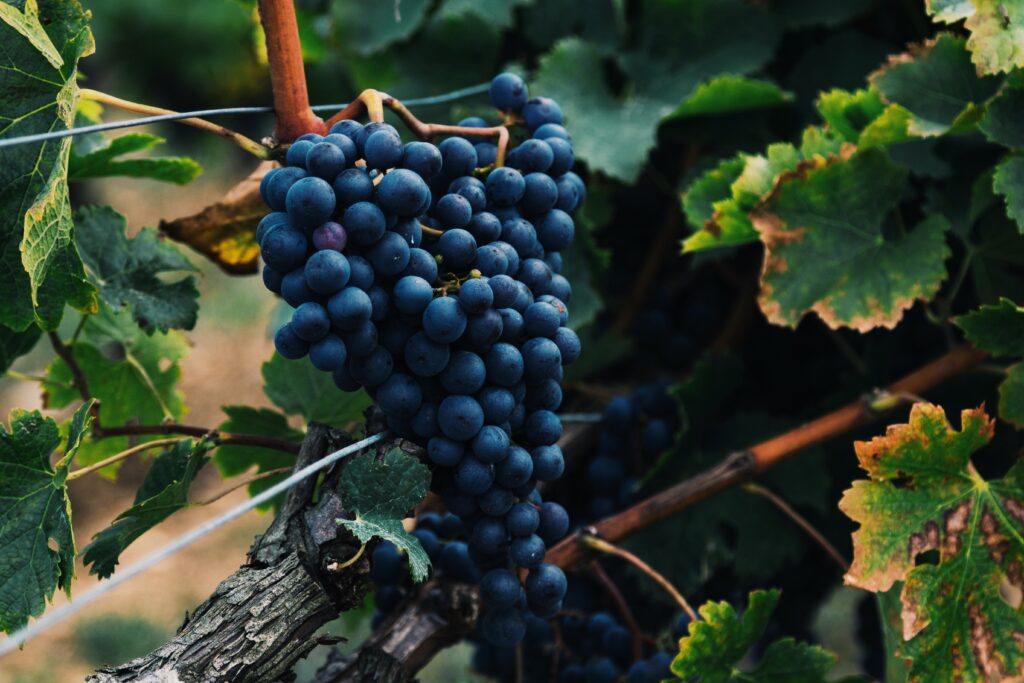
What’s the Difference Between Biodynamic Wine, Organic Wine, and Natural Wine?
Don’t worry; I won’t leave you hanging. Here’s a quick definition of the differences between biodynamic wine, organic wine, and natural wine:
- Organic wine- Wine grown in a vineyard that doesn’t use synthetic fertilizers, herbicides, and or pesticides. In addition, no sulfites are added during the winemaking process.
- Biodynamic wine- Wine grown in a vineyard that interacts holistically with its environment. This means harvesting and planting occur in accordance with the lunar cycle, and only compost from nearby farm animals is used to fertilize, among other practices.
- Natural wine- Wine made with little to no intervention. This includes wild fermentation with native yeasts, no added sulfites or fining agents, and no flavor imparted from oak.
Now, if you’re a wine nerd like me and you want to learn the ins and outs of these terms – plus learn what the heck sulfites are – then I encourage you to keep reading! And, for more of my posts on wine, you can find them here.
What is Organic Wine?
Organic wine is the most strictly regulated term of the bunch. It indicates, like any organic food, that it is grown without the use of synthetic fertilizers, pesticides, or herbicides. In addition, it also indicates that no additional sulfites are added during the winemaking process. Only organic fertilizers may be used in the vineyards for them to be organic.
Now, just because a vineyard is growing organic grapes does not guarantee that the wine can be labeled organic.
If the winemaker adds sulfites during the winemaking process – to extend shelf life, preserve flavor, etc. – then the wine can’t be labeled organic. In this case, the wine could be labeled as “made with organically grown grapes.”
To sum up: Organic wine guarantees no toxic chemicals are used to grow the grapes. “Made with organically grown grapes” indicates the vineyard is organic and that other agents, such as sulfites, are added to the wine.
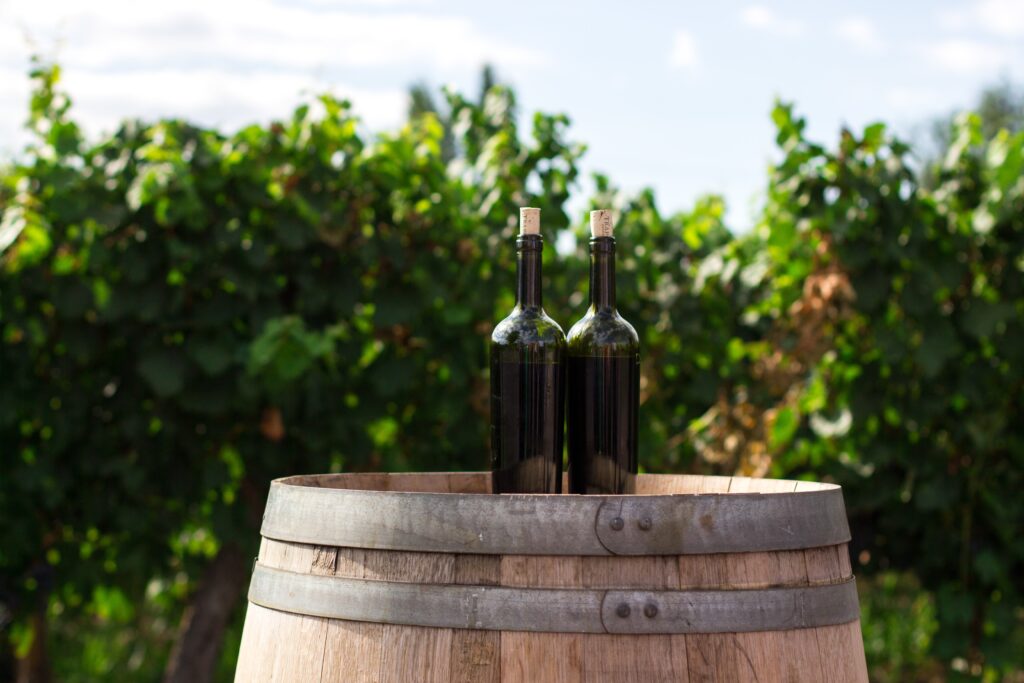
What is Biodynamic Wine?
Biodynamic wine refers to wine that is grown on a vineyard that interacts holistically with the surrounding environment. It is a concept that is as old as farming, though it gained notability around the 1920s.
From the ground up, only local, organic compost fertilizes the vineyards. Bad pests are dealt with by introducing pests to outcompete them, creating a “balanced ecosystem.”
Harvesting, planting, and working in the vineyards are done in accordance with a strict calendar that is based on the lunar cycle and zodiac. Sulfites can be added to biodynamic wines, with the maximum allowed amount being 100mg/L.
Biodynamic wineries are certified through two organizations: Demeter International Organization and Biodyvin.
To sum up: Biodynamic wines guarantee little harm is inflicted on the environment, and the grapes are grown organically. Producers may not pursue the organic label out of cost or other regulations.
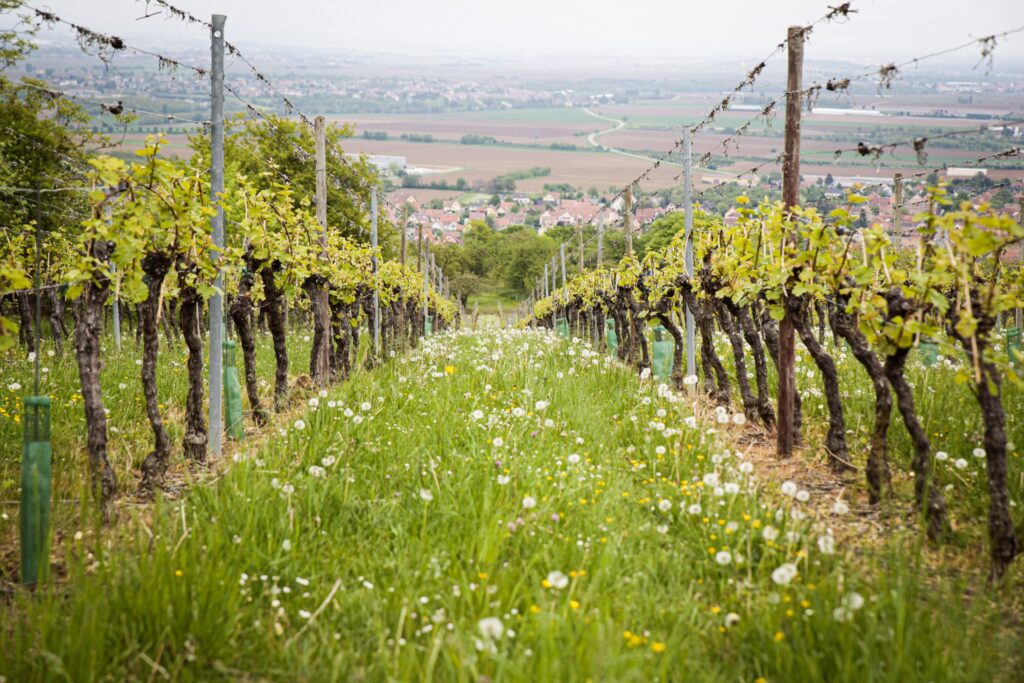
What is Natural Wine?
The oldest practice of making wine, natural wine, is made with little to no intervention. Natural wines can spontaneously ferment with native yeast from the environment. With no added sulfites, no oak aging, and no fining agents added before bottling.
Lack of fining agents may result in cloudy wine (proteins suspended in the wine). While there is potential for natural wines to taste good, it’s possible that undesirable yeasts can take over. This can result in a wine that tastes anywhere from flat to funky to downright dirty.
Natural wine is often used synonymously with “low-intervention wines,” though the two aren’t exactly the same. Winemakers may still claim to be low-intervention while using oak barrels and adding sulfites.
Since there’s no legal definition for either term, it’s entirely up to the winemaker on how they want to label their wines.
To sum up: There are no rules on labeling natural wines, but generally, it means a wine that is fermented naturally with no added agents or oak flavor. This can result in cloudy wines that lack shelf stability and may have off-flavors from “non-desirable” yeasts.
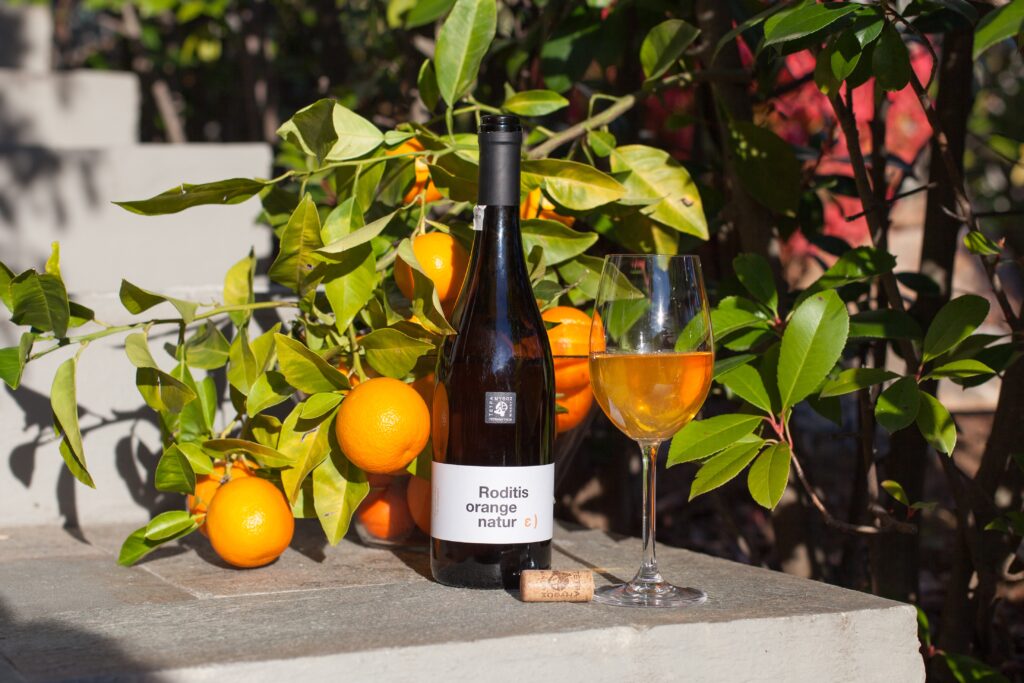
What the Heck are Sulfites?
Sulfites are a naturally occurring chemical that is found in many types of food, including wine grapes growing in the vineyard. In addition, sulfites are commonly added to all sorts of food to maintain color, increase shelf life, and act as a preservative.
Foods like dried fruits, tomato paste, store-bought baked goods, cereal, vinegar, fruit juices, and of course – wine – all contain added sulfites. In fact, they all typically contain far more sulfites than an average bottle of wine.
In the U.S., the legal max of sulfites that can be added to a bottle of wine is 350mg/L or 350 ppm, though if that max were reached, many tasters would likely notice. An average good bottle of wine usually contains around 50 ppm. For comparison, a handful of raisins can contain between 500- 2,000 ppm!
Since sulfites naturally occur in wine, it’s unlikely that most organic, natural, or biodynamic wineries go through the trouble of removing them. Especially natural wineries, as this would be considered intervening.
To sum up: Sulfites are naturally occurring, and most wineries add them to extend their ageability, preserve flavor and color, and act as a preservative.
That said, wine usually contains far fewer sulfites than a handful of dried fruit. There’s still research to be done on sulfites and their effects on the body, but wine is not the main culprit.
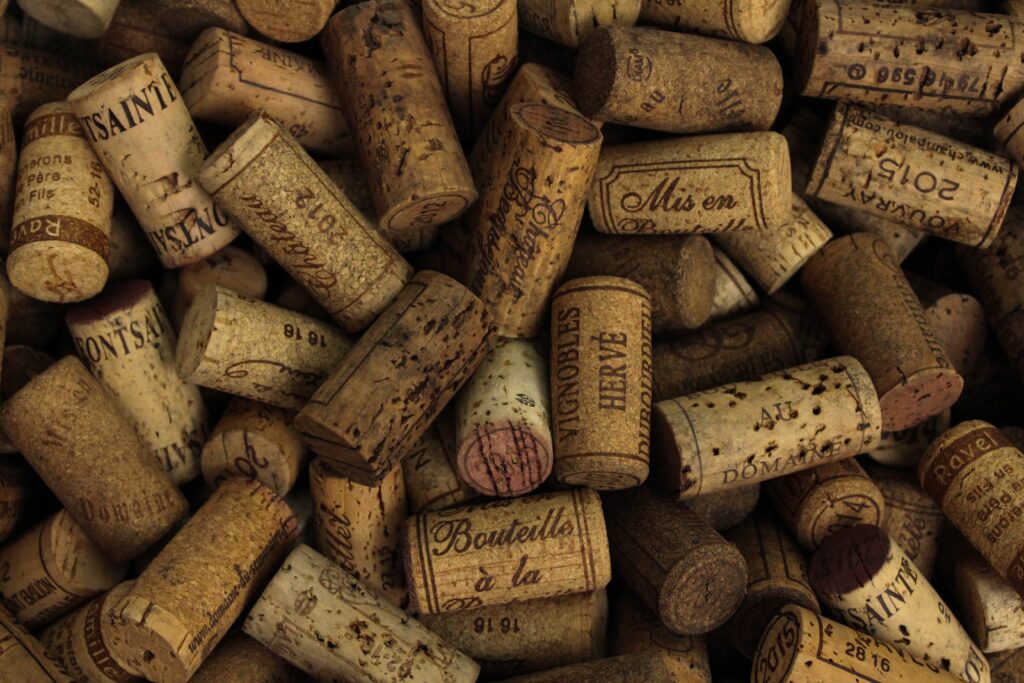
A Word on Sustainable Wine
Sustainable wine, while it has no overarching legal definition or certification, refers to a winery that seeks to preserve the environment. Given the impending threats of global warming and habitat destruction, many regions have adopted their own certifications.
Here are some regional-based sustainable certifications to look for when perusing the wine aisle:
Salmon-safe (Pacific Northwest: Washington, Oregon, British Columbia) – Helps prevent nearby salmon habitats from being negatively affected by toxic runoff to the water supply.
LIVE Certified (Pacific Northwest: Washington, Oregon, British Columbia) – Sustainable farming that doesn’t harm natural wildlife or watershed quality or negatively affect the native habitat.
California Sustainable Winegrowing – Sustainable farming in California that emphasizes.
SIP Certified (United States) – Addresses habitat, water, energy output, soil, recycling, air quality, worker benefits, and packaging, to name a few.
HVE (France) – Encourages farmers to focus on increasing biodiversity, reducing negative environmental impact, and improving water management.
FAQs
Raw wines refer to natural wine along with “naked wine,” “low-intervention wine,” or “minimal-intervention wine.”
For a vineyard to be organic, it has to only use organic fertilizers and no toxic herbicides or pesticides. In addition, no more than 100 ppm of sulfites may be added to the wine.

